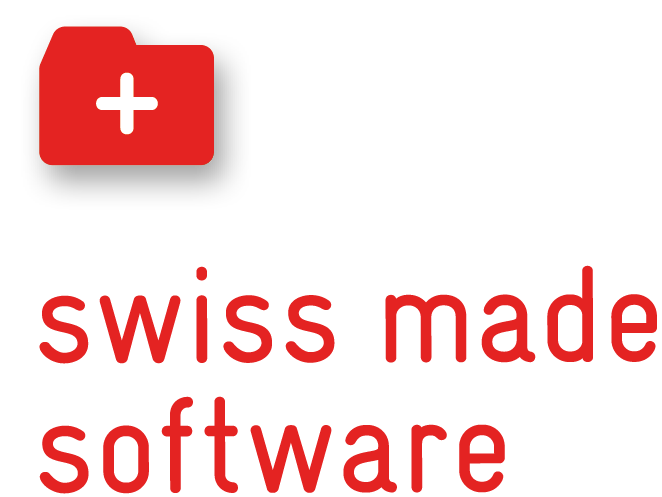Digital lending and specifically marketplace lending have been on the rise in the last years, which has led to an increase in institutional and professional investors taking interest in this asset class. The premise is interesting and offers great potential returns in relation to the corresponding risk profile. However, in order to successfully invest in marketplace lending the challenges stemming from this broad expanse in offers have to be tackled methodically. How is it possible to maximize efficiency with internal standardization when investing in marketplace lending?
Recent developments
With the rise of digital lending in the latest years, new opportunities have arisen for many investors and borrowers. Faster streamlined processes promise to make financial support available to a wider array of borrowers; whether that be businesses or private individuals. This democratization of lending offers many opportunities but also plenty of new challenges. Specific investments into lending are no longer reserved for banks - anyone can be their own investment expert and selectively invest in loans on online marketplaces. Choices and diversification opportunities are many: loans of different sizes, terms, types, etc. are made available on a vast multitude of lending platforms.

The lion’s share of traded volume is made up of marketplace lending (45%) and balance sheet lending (40%), China excluded. The Chinese market has long been the biggest player globally, but additionally, to being inaccessible for foreign investors, it has been on a strong decline since 2017 with the Chinese government restricting the use of such offers. Europe and the USA, on the other hand, have known a constant strong growth in volumes over the past years.

Many lenders
In Europe alone there are currently over 700 online platforms that engage in one or the other form of lending (Global Alternative Financing Report, Cambridge University, 2020). P2Pmarketdata.com which tracks online P2P marketplaces that publish their numbers, lists close to 150 platforms in Europe alone.
Since the dawn of marketplace lending around 2005, many platforms have come but some also have perished. Keeping track of current developments can therefore prove to be tricky at times.
This rapid increase in lending opportunities particularly in the last few years has alerted professional investors to this specific market. When wanting to invest in online lending through marketplaces, professional and institutional investors are, however, faced with a particular set of challenges in comparison to retail investors. In order to mitigate risks, diversification is one of the best-proven strategies with any type of investment and this is also true for investments in marketplace lending. However, the sheer number of new platforms and the increasing volume of loans makes it difficult to keep track, especially with a manual selection and screening process for loans to ensure due diligence takes place in advance. What platform(s) to use? How to properly analyze and evaluate all the non-standardized loan data in a timely efficient manner? Scalability quickly seems to become an issue for a large portfolio.
Different systems
In comparison with traditional lending, there is a wide variety of systems at work here. This young industry lacks standardization as most of the young lending tech businesses try different approaches which in turn represents a challenge for professional investors who, as opposed to most retail investors, may want to use a multitude of platforms for differentiation purposes, Standardizing and aggregating the collected investment data across multiple platforms can prove challenging.
Changing business models
A characteristic shared by many new industries or business types is the fast rate at which they change. This is even more true for the highly disruptive and adaptive fintech sector where innovation is key. This leads to greater development success but also poses a considerable issue for many professional investors. In 2018 alone, around 50% of surveyed lending platforms across Europe stated that they significantly or to some extent made changes or introduced new products and services (GAFR, 2020). Keeping track of all these developments can prove a difficult task with a large portfolio spread over a multitude of platforms.

Different borrower types

This new type of lending offers access to financing to many people and businesses that were previously not reached by traditional institutional lending. The levels of financial inclusion vary across platforms and countries. Platforms indicated the percentage of customers who were unbanked (without access to traditional financial services) or underbanked.
The vast differences in approach extend to the customer bases of the platforms. As the image below shows, the region in which a platform is situated plays a large role in how the clientele is composed, with platforms in Italy peaking at a total of 34% unbanked or underbanked clients (GAFR, 2020). This poses a further challenge as there is a distinct lack of uniformity regarding the evaluation criteria and selection of borrowers amongst the different platforms. It is therefore of primordial importance to be aware of the differences and to be able to categorize and rate loan data accordingly.

Institutionalization
Despite these challenges, the institutionalization of the alternative finance segment is in full swing with “institutional investors increasingly making use of alternative finance to support their own or their clients’ investment strategies” (GAFR, 2020). The largest share in volume and percentage goes to marketplace lending and balance sheet lending solutions. Regionally there are still large differences, with the USA having institutionalized 88% of their volume, while Europe still has some catching up to do at 41% (GAFR, 2020)


The solution
Even though steady progress has been made, the biggest challenge these institutions still face is the handling and standardization of their data across multiple platforms. This is where i2invest offers a solution. With our proprietary software, we allow professionals to make diversified investments across a broad range of platforms and loan types while keeping all your data in check. Our dashboard allows investors to track tendencies on many factors aggregating all loan data in one place for ease of use.


